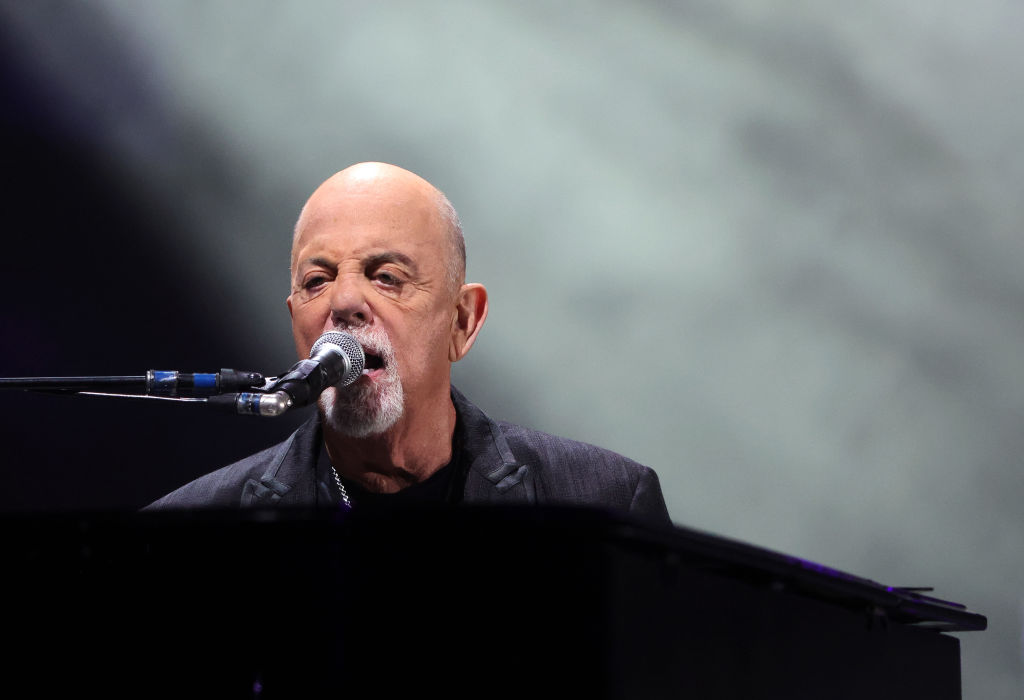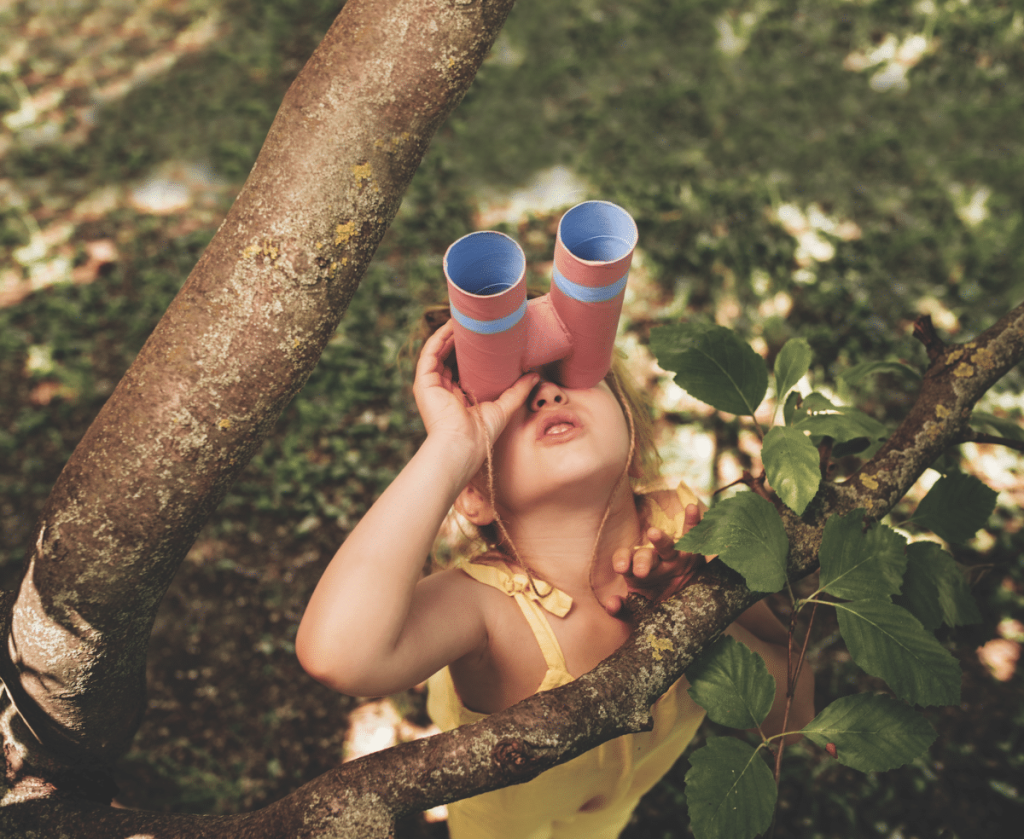Rehabbed Sea Turtles Released Despite COVID-Hardships
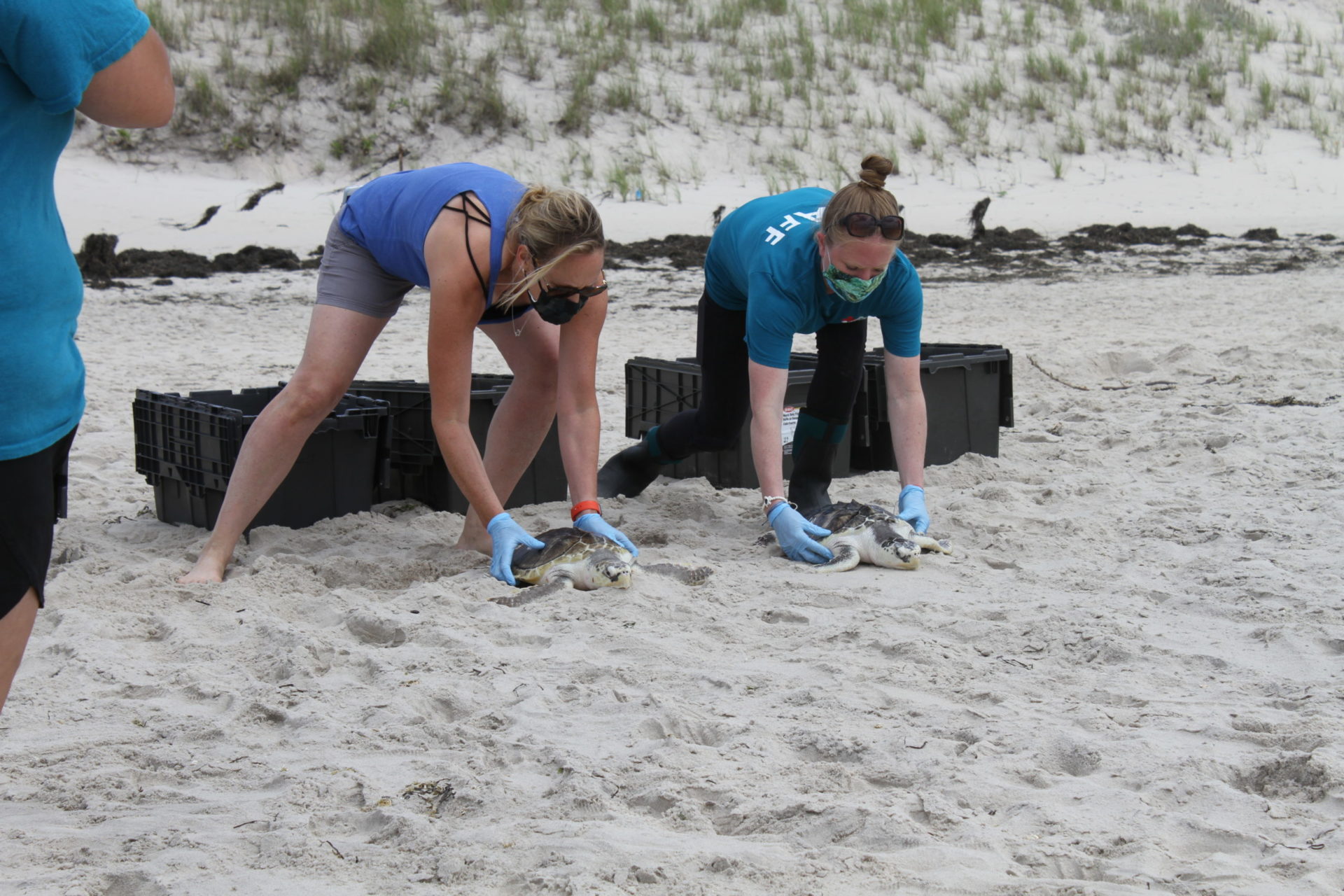

Despite the pandemic, rehabilitation work at the New York Marine Rescue Center had to continue because a slew of sea turtles’ lives depended on it.
On Wednesday, July 15, team-members released eight sea turtles rehabilitated from the 2019 cold-stun season.
While the four species of sea turtles known to inhabit New York waters can strand for any number of reasons, including boat strikes and hook ingestion, the number one reason for rehabilitation is a phenomenon called cold-stunning. Starting in late October and early November, sea turtles can be found stranded on the beach, lethargic and buoyant, similar to hypothermia.
The rescue center is the primary response team for marine mammals and sea turtles and also maintains the only facility permitted to rehabilitate both seals and sea turtles in the State of New York, according to Maxine Montello, the rescue program director. The facility is located at the Long Island Aquarium in Riverhead.
The organization received its first cold-stunned turtle report on November 9, 2019, what would be the first of 85 reported sea turtles strandings due to cold snaps on Long Island.
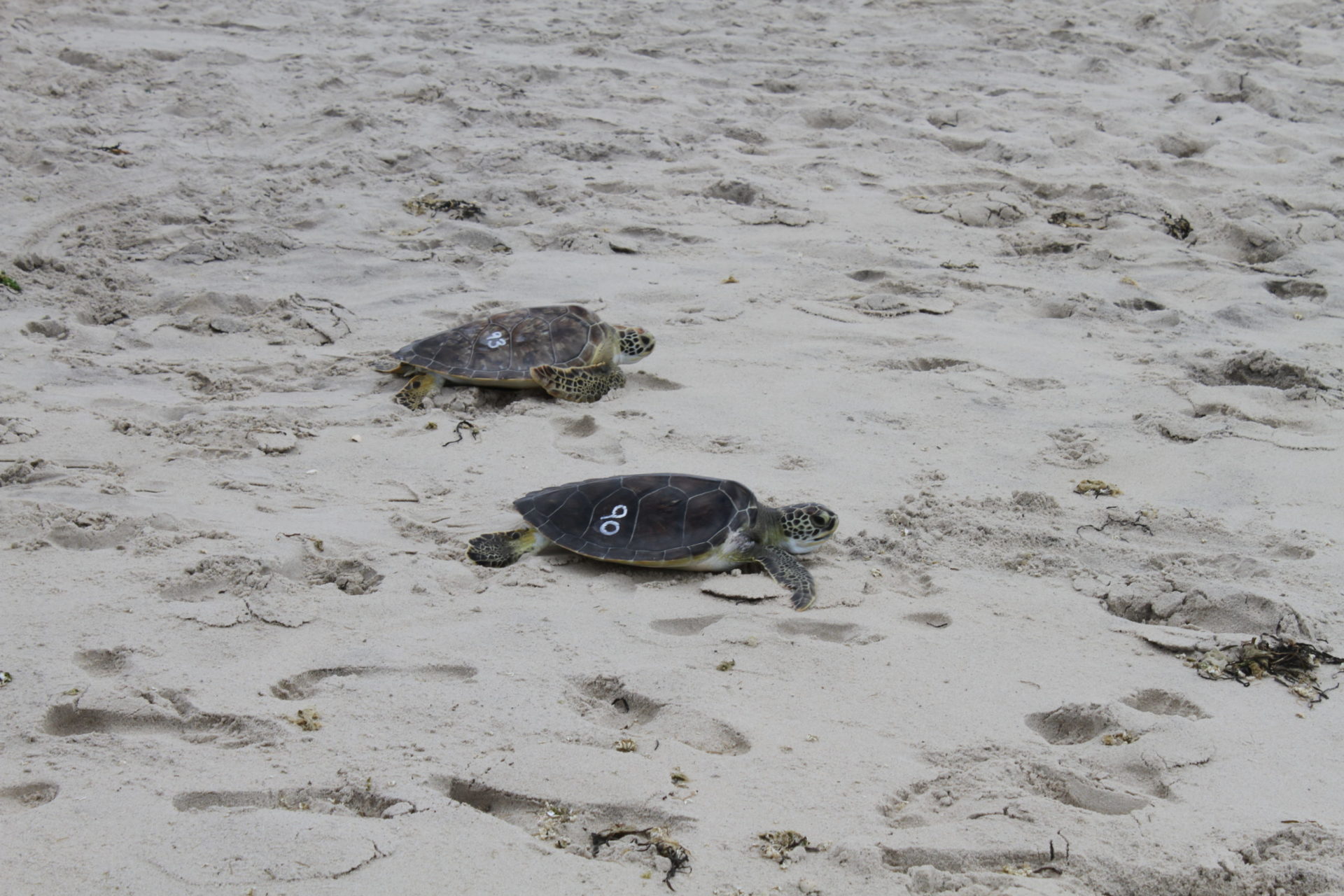
While the marine rescue center depends heavily on volunteers, the volunteer program had to be suspended on March 15 as coronavirus cases began to spike on Long Island. Only essential staff — two full-time and two part-timers — have been allowed onsite since, Montello explained. “This small team is responsible for managing the animals in the hospital while also responding to sick and injured marine mammals and sea turtles in the field,” she said.
Still, the staff remains dedicated to the preservation and conservation of marine mammals and sea turtles, she added. The eight sea turtles recently released locally are among a total of 30 animals released back into the environment this year.
Sea turtle releases can occur when a veterinarian clears them medically. While many of the turtles, picked up November through January, are ready for release after only a few months of rehabilitation, the water temperatures are usually not conducive to a release. Ideal water temperatures are about 68 degrees.
Some turtles are taken south for release, Montello said. Her team coordinates with the National Oceanic and Atmospheric Administration and a network of partners to set up releases in the south. Sixteen turtles were transported out of state for a southern release.
The eight recent releases were given the green light once East End waters reached the ideal temperature, which is usually late June.
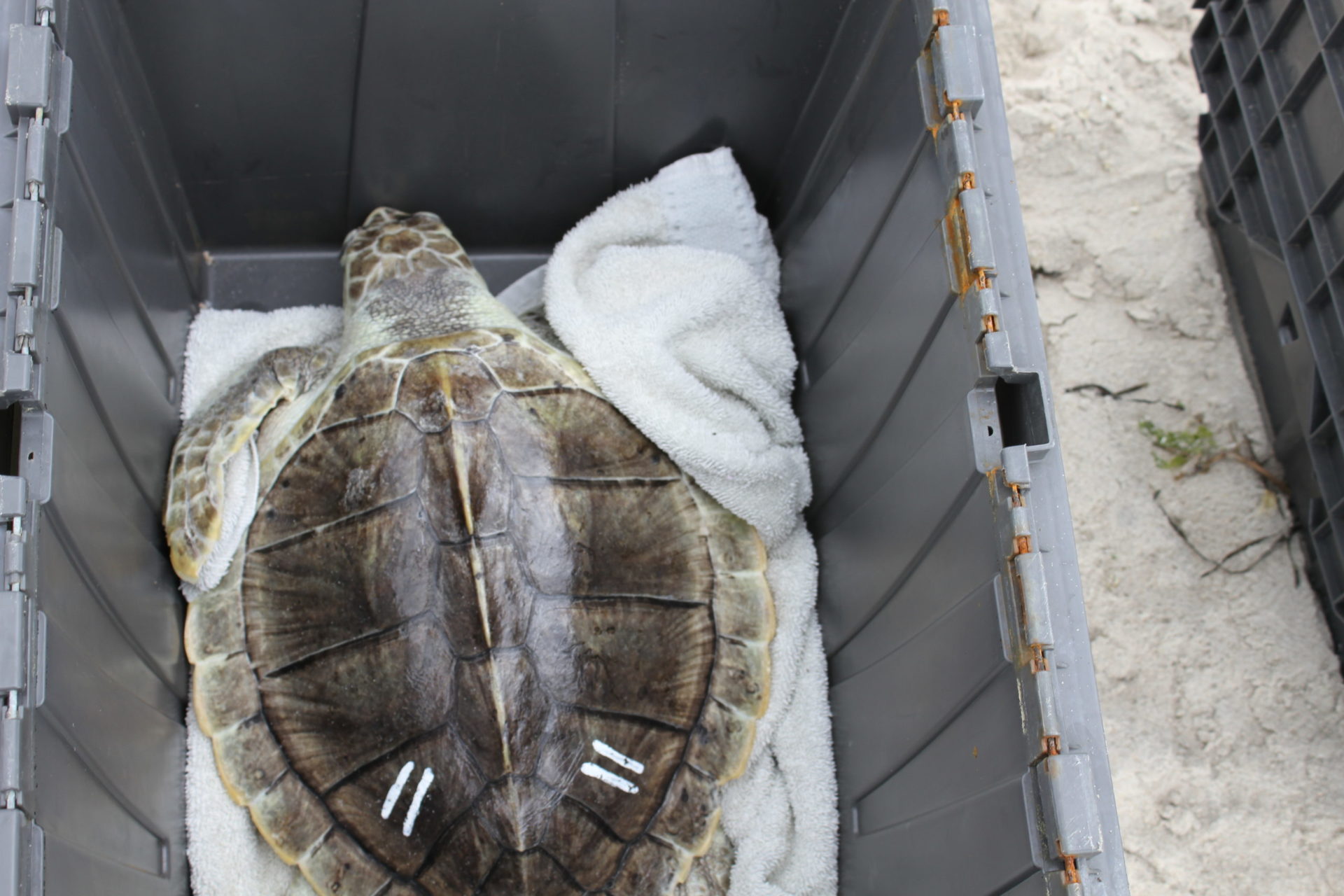
Among them was “Pici,” a juvenile Atlantic green sea turtle, that was the first cold-stunned turtle reported of the 2019 season, after a concerned citizen found it stranded in Southampton and called the center. The turtle was admitted with an internal temperature of 11 degrees Celsius and was missing a small portion of its front right flipper and underwent nine months of rehab.
“Torchio,” a juvenile Atlantic green sea turtle found stranded on November 16, 2019 near Southold, had an initial internal temperature of 4.8 degrees Celsius. This turtle received weekly shell treatment in which manuka honey was applied topically to help with some of the minor carapace damage.
Then there was “Campanelli,” a juvenile Kemp’s ridley, found on Long Beach in Sag Harbor on November 21, along with three others. “Campanelli was very weak and had a heart rate of less than 1 beat per minute. A normal sea turtle heart beat is around 32 beats per minute,” the center said in a newsletter about each of the turtles. During the rehab, the turtle doubled in weight. Campanelli was returned to the ocean with one of its stranding mates.
A turtle named “Zoodle” had its glucose monitored daily at the center after being found on Navy Beach in Montauk on November 23. Low glucose levels are common in cold-stunned sea turtles, and it was also provided various supplements and vitamins.
“In addition to an increase in work-load, our organization has seen a decrease in daily donations due to the aquarium being closed, not being able to provide in-person educational programing and lastly not being able to hold our annual gala,” Montello said.
“We still have another eight turtles in-house that are not ready for release but should be ready before the end of the summer and they will be released here in New York as well,” she added.
